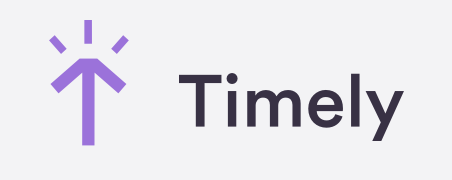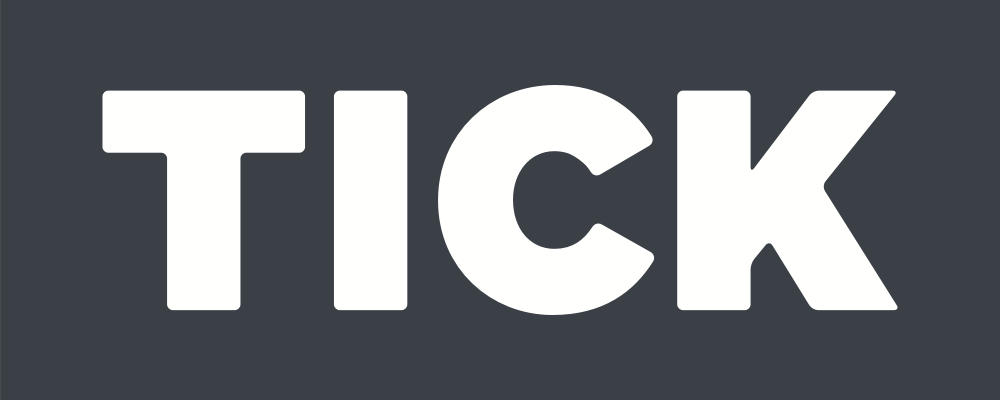Multitasking: The Unusual Suspect in the Case of Low Productivity
Doing several things at once might sound like a great idea at first but constantly switching tasks has proved to be a real productivity killer that should be kept to a minimum. Read on to learn how work time tracker can help you solve this problem!
Not everything is as it seems. We thought it was all about discipline and that flexible working hours and telecommuting would never work, and yet the majority of millennials would rather have lower salary than lose flexibility. We also thought that frequent breaks were unnecessary and that they wasted time, only to end up with game consoles and bean bag chairs in our offices.
Likewise, we thought doing several things at once is a perfect solution for maximum efficiency, but it’s time we said goodbye to this misconception too.
To that end, we’ll discuss what multitasking does to our brains and why it’s bad for workplace productivity, as well as how to avoid forcing your employees down this path, in which a work time tracker can help you. Hopefully, by the end of this you’ll be able to see why the myth of multitasking should be altogether abandoned.
But, hey, don’t feel bad - multitasking is probably not what you thought it was in the first place.
What Multitasking Really Is
Let’s see if we got this right.
An employee is sitting at their computer and typing out a document with one hand while scheduling appointments on a piece of paper with the other and simultaneously speaking with a client over the shoulder-held phone. Is this the picture you have in mind when you think of multitasking?
If so, you might want to reconsider this traditional understanding of the concept. Admittedly, a small proportion of people is capable of the described feat, but the other 98% of us aren’t.
But if multitasking isn’t doing several things at the same time effectively, then what is it?
What actually happens when we try to multitask is task switching. Doesn’t sound as glamorous now, does it?
This is how it works: Since we can’t actually do two things at once, we have to frequently move from one task to another. Each of these shifts entails twofold time loss - ‘goal shifting’ when we decide we’re done with one task and ready to move on to the next, and ‘rule activation’ when we turn off the rule set for task one and turn on rules for task two. This lasts a second, but imagine what happens when you go through this process ten times in half an hour. To make matters worse, this shifting time extends as the complexity of tasks increases. And let’s not forget the physical preparation some tasks demand (like running the necessary software or locating your phone).
So when you ask your employees to contact the client in the middle of writing a report, what happens is this: They decide ‘I’m done with the report for now and have to go on to making that phone call’, then they deactivate the report writing rules and turn on the phone etiquette and client communication rules. On top of that, they have to get the phone, leave their computer, maybe save their progress, etc. And again all of this when they have to get back to the report.
Having this picture in mind, it doesn’t surprise that research has found that multitasking inhibits efficiency and shortens attention span. The logical conclusion is that we must rid our workplace of multitasking as much as we can in order to get a more productive workforce.
In doing so, work time tracker can offer a bit of help. So, let’s go through some things you can do to avoid forcing your employees to multitask.
How to Avoid Multitasking
Now, mind you, it’s not always possible to eliminate the need for multitasking. Sometimes work piles up or an urgent matter comes your way and there’s not much you can do about it. The following tips refer to situations where you can choose how to organize workload for your employees.
1. Lump Similar Tasks Together
One way to go is to minimize the ‘rule activation’ time by grouping similar tasks together. It’s much easier to transition from writing a blog to writing a copy for social media than it is from writing a blog to, say, meeting with a client to discuss new financial strategy.
Work time tracker such as Insightful can help you in this grouping in more than one way.
You can decide to group tasks according to which project they’re a part of. This topical similarity will alleviate some of the mental toll that multitasking causes. If you’re using automatic time tracking, projects are tracked based on file names, so all you have to do is ensure employees stay on one project for as long as needed. Even a regular work time tracker can help you with this if you’re dedicated to delegating work appropriately for optimum productivity. Meaning not making your employees jump from one project to another every 20 minutes.
Another way to go is to group tasks based on which software is used for performing it. Again, you can use a desktop time tracker to tell you which programs your employees use when doing particular tasks and organize time accordingly. For instance, group all the activities done in Excel together and separated from those done via email. Try to avoid mixing and matching. This way, you’ll at least minimize the physical preparation time.
2. Don’t Interrupt the Flow
Suddenly calling in your employees to assign a new ‘urgent’ task in the middle of their creative flow is devastating for their concentration and consequently their productivity. Delegating on the fly and pressuring employees to take on every little task immediately leaves them no choice but to multitask.
If something is really super urgent, it’s fine, but most things can wait at least until the end of the day. You can use some type of project management software to assign tasks without actually interrupting employees and leave it up to them when they’ll do it.
Also, try to make a habit of looking at real time employee monitoring data that many employee time tracking solutions have before you ask a worker to switch a task. If you see that they’re focused on something already, leave them a note with a deadline and let them be.
3. Leave Room for Initiative
One final thing you need to do is come to terms with the fact that not everyone’s the same. Some people might actually enjoy the occasional diversity of tasks. And let’s not forget about that tiny fraction of people who can really multitask. Organizing the workflow in a linear manner may be counterproductive for their efficiency and productivity.
So let employees take initiative for organizing their time whenever it’s possible. Allowing each of them to log into online employee time tracking software and see their own data and reports will give them some idea of what works and what doesn’t.
Basically, you should trust that employees know what’s best for their productivity.
Why Multitasking Must Die
Finally, let’s take one last look at what the world would look like if there was no multitasking (or at least much less of it).
First of all, time efficiency would improve significantly. You get back all those minutes that workers lose when switching from one task to another and employees can use that time to actually work on a project instead of preparing for it for the seventeenth time in the past two hours.
Secondly, avoiding multitasking opens up the possibility for undisturbed focus. As employees’ attention span increases, so does the rate of finishing what they started fairly quickly.
Both of these things lead to better overall productivity. With the constant need to multitask out of the way, soon enough you’ll find tasks and projects getting done more efficiently.
Conclusion
Sometimes, for the sake of progress, we must abandon some ideas and beliefs. Research and experience has shown that multitasking is one of those. With or without the help of a productivity tracker, minimizing the need for your employees to switch tasks frequently will leave room for better focus and improved productivity.
¿Está listo para tomar el control total de su lugar de trabajo?
Pruebe la solución más sencilla hoy mismo...
Prueba Gratis.svg)





























%20(2)%20(1)%20(2).png)
.jpg)

%20(1).png)
%20(1).png)




%20(1)%20(1).png)